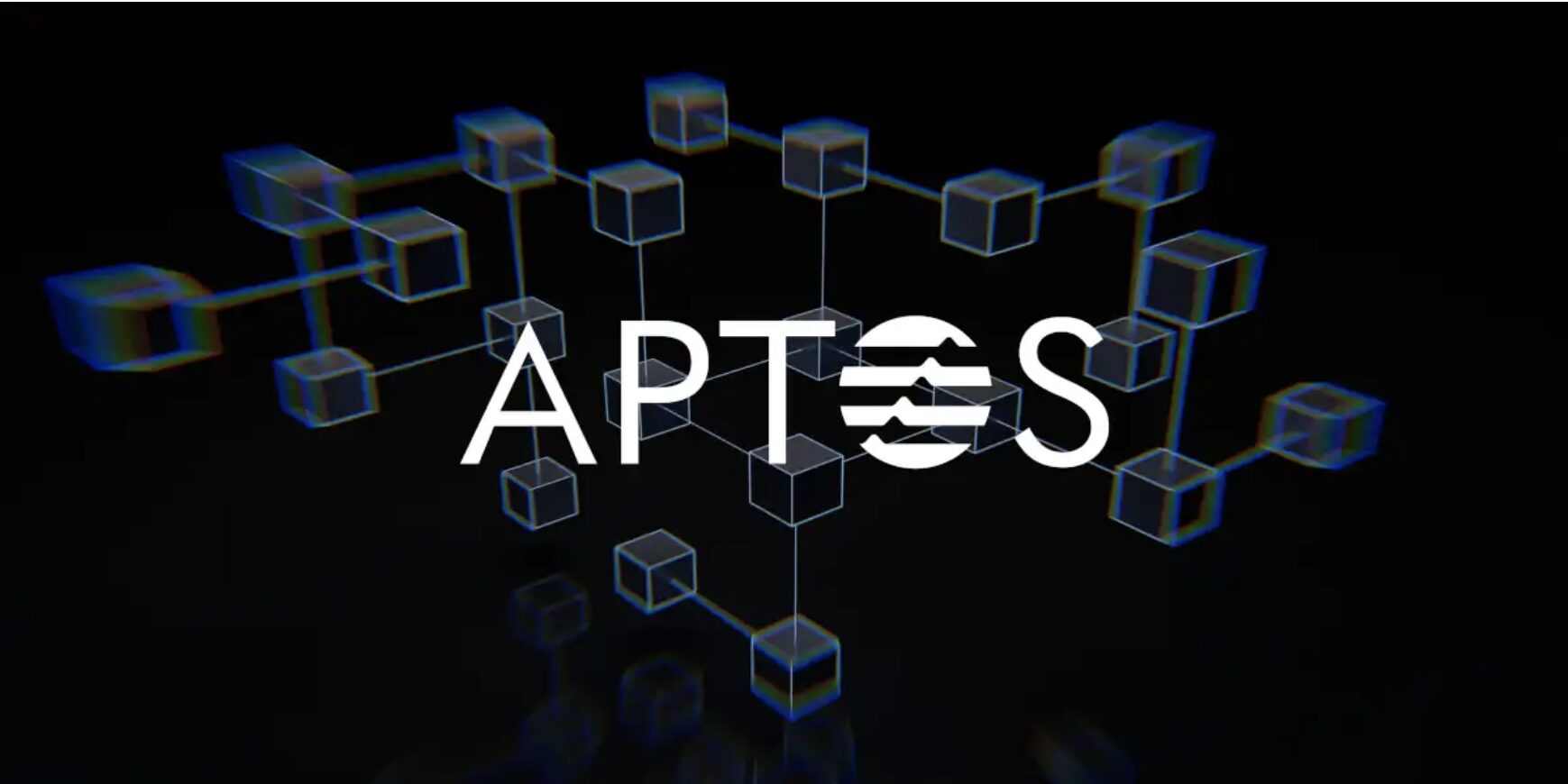Most companies struggle to make a Web3 startup successful, but some seem to have nailed it. Compared to traditional tech startups, Web3 businesses function within a decentralized ecosystem where revenue models, user adoption, and rules are always changing. Despite this, top projects in DeFi, NFT, and blockchain SaaS have scaled successfully and are still profitable.
These startups greatly succeed due to strong community engagement and sustainable business models, which allow them to adapt to market changes. Some focus on tokenomics and staking rewards, while others rely on transaction fees, subscriptions, or enterprise solutions.
Studying these companies helps founders understand how to overcome funding hurdles, provide value in a competitive space, and build credibility.
Let’s have a look at some of the successful Web3 companies and their business models.
Why most Web3 Struggle to be Successful
The majority of Web3 startups are not successful because they depend more on hype and token speculation than utility. The ecosystem is indeed innovative, but the majority of projects are afflicted by weak business models, deficient tokenomics, and low user engagement.
Startups without a well-defined revenue plan tend to spend their finances lavishly while not being able to reach profitability.
Regulatory uncertainty adds another layer of difficulty. The legislative framework surrounding crypto is still a work in progress globally, which creates legal challenges that can halt business activities in an instant.
Startups also face the monumental task of achieving reliable scalability and security, guaranteeing seamless and user-friendly customer experiences. Many of these initiatives garner interest from early adopters, but to date, they have failed to engage the mainstream demographic.
In truth, to succeed with a sustainable Web3 business, much more than releasing a token or NFT collection is required. The best-performing startups tend to spend the most effort on fine-tuning their value propositions, solving relevant challenges, and swiftly reacting to market changes to avoid missing opportunities, unlike their competitors, who rely on trends.
In summary, most Web3 fails due to:
- Weak tokenomics
- Poor user adoption
- Unsustaibake Hype
- Scalability Issues and
- Reliance on Speculations.
Business Models that Work in Web3
Companies in the Web3 space have adopted some business models that have helped with growing their community, and sustainability and most especially increasing user base and adoption. Some of these popular models include:
- Tokenomics
Tokenomics targets the economic system with the use of tokens based on blockchain technology. Those tokens may represent certain assets within an economic system of the platform, making possible all operations related to trade, governance, and other incentivizing activities.
Key Components:
- Token Creation and Distribution: Setting parameters like the supply cap, token allocations, and methods for initial seeding.
- Utility: identifying the functions of the tokens, such as providing access to certain features or granting the right to vote.
- Incentive Mechanisms: providing necessary rewards and administering penalties for the expected behaviors.
Example: Axie Infinity, a blockchain game, has two in-game tokens: AXS (Axie Infinity Shards) and SLP (Smooth Love Potion). Players generate SLP by playing the game. SLP is used for breeding new Axies or traded on the game’s marketplace. AXS is a governance token that enables players to vote on certain matters.
- Play-to-Earn (P2E) and GameFi
Through GameFi, gamers can earn monetary rewards for their in-game efforts which also enables the merging of gaming with blockchain technology. This is Play-to-Earn (P2E) – a new era in gaming.
Key Component:
- Income Sources: In-game NFTs and cryptocurrency are given as rewards.
- Ownership: Players have true ownership of their in-game assets as these items are encoded into tokens, which can also be traded.
- Decentralized Trading: Trade in-game items directly with other players.
Example: Hamster Kombat is a hamster battle game that started as a telegram mini-game back in March 2024. The game got more than 300 million players within a short period as players were able to earn cryptocurrency while fighting with hamsters. This game’s expansion highlights how fast new users can be acquired through rewarding experiences with basic gameplay and crypto.
- Decentralized Autonomous Organisations (DAOs)
DAOs are governed by smart contracts with voting procedures that are completely decentralized, and consequently, there is no leading authority required for the same. Decisions can be made collectively since members possess tokens with voting rights.
Key Features:
- Accountability: Everyone can view the transactions made and the decisions taken as every single thing is recorded on the blockchain.
- Self-Governance: Anyone who holds a token can put forth proposals to vote on them.
- No Central Authority: An operational network with lower central power enables these functionalities.
Example: In 2024, GitcoinDAO restructured its operations as a dual-division organization with an Ethreum-focused grants support division and a DAO that handles community and governance activities. This new development has further amplified Gitcoin’s mission, whereby other organizations can leverage its platform to fund projects faster.
- Data Monetization Model
This model allows users to have direct access to monetizing their data while maintaining control over their personal information in the Web3 paradigm. This model empowers users rather than centralized entities.
Key Features:
- Data Ownership: Users possess their data, and they control who they share it with.
- Incentivization: Users are compensated by companies for granting them access to their data.
- Privacy Protection: Uses the transparency and security of blockchain to protect information.
Example: Ocean Protocol allows individuals to share their data without risking their privacy. Data providers determine terms, ensuring they are compensated for the usage of their data.
- Real Asset Tokenization
This business model consists of creating digital tokens that represent a real estate property or an artwork within a blockchain. Through tokenization, these assets become more liquid and accessible because they can be divided into multiple parts.
Key Benefits:
- Liquidity: Enables trading in pieces of assets, leading to greater market activity.
- Accessibility: Reduced investment barriers encourage wider participation.
- Transparency: Ownership on blockchain records is self-evident, and so is the history of transactions.
Example: Through tokenization, investors can buy a share in a property with RealT and gain access to the benefits, which include receiving rental payments that are in line with the amount that has been invested.
Case Studies: Web3 Startups That Got it Right
- Lens Protocol
Lens Protocol is changing how social media works by giving users the power over content ownership and monetization. It uses the Polygon blockchain to create a decentralized social graph, meaning that real content creators own their content, followers and engagements across all applications.
How They Did It:
- Additional Earning Opportunities for Users: Users can mint, buy, sell, and trade posts as NFTs, unlike in regular social media, where everything focuses on advertising-based revenue.
- Cross-Platform Usability: Followers, comments and profiles are stored on-chain so they can be easily used in other decentralized applications.
Recent Update: They have gotten attention from online users through collaboration with Lenster and Orb, which proves that social networking on Web3 is possible.
- Zapper – Management Of A DeFi Portfolio
Zapper helps users manage multiple wallets, liquidity pools, yield farms, and many other crypto assets in a singular interface through its DeFi dashboard and portfolio tracker.
What They Did Correctly:
- Freemium Model: Users are given the chance to access basic tracking features for free while charging a fee for advanced analytics and DeFi integrations.
- Automated Portfolio Management: To ease the burden of managing many protocols and users investments, it combines multiple investments on different platforms to one portfolio.
- Partnership & API Revenue: Zapper makes a profit from partnering with other DeFi protocols by selling their integrations and other premium data services.
Recent Update: Zapper fundamentally expanded its monetizing opportunities when it launched Zapper Explorer, a product that enables in-depth analysis of blockchain transactions.
- Friend.tech
Friend.tech is a social platform which is native to Web3, as influencers, different creators, and even average users can tokenize the content they engage in.
What Worked For Them:
- Social Tokens: Users can purchase “keys” which allow them to participate in private chats and access content from various creators. The value for these keys increases based on demand as well.
- Revenue from Trading Fees: A transaction fee of 5% is incurred for every trade done. This manages to be a consistent source of income for the platform.
- Engagement-Driven Growth: By monetizing social engagement, Friend.tech gives users a reason to develop communities, inducing a parasocial incentive.
Recent Update: In August 2023, Friend.tech was able to achieve more than $200 million in trading volume in a few months, which goes to show the demand for social interactions that are tokenized.
- Thirdweb: Tools for Web3 Development
No-code and low-code development Thirdweb offers for building dApps, NFT projects, and blockchain gaming.
How they did it:
- SaaS Subscription Model: Developers can purchase premium tools, application programming interfaces, and sophisticated analytics that help simplify Web3 building for deep pockets.
- Revenue from Smart Contract Deployments: Thirdweb profits by charging users who utilize their infrastructure to deploy contracts.
- Cross Chain Support: The platform is flexible enough to support Ethereum, Polygon, Avalanche, and many more making it appealing to many projects.
Recent Update: In 2024, Thirdweb released a Web3 Wallet SDK allowing projects to add wallets without dealing with the complexities of blockchains, which has enabled the company to win over thousands of developers.
Conclusion
Profitable Web3 startups must focus on serious innovation, careful consideration of blockchain choices, and problem solving to succeed in 2025.
In order to design a Web3 startup, one needs to incorporate self-sustaining tokenomics, platform partnerships, strategically designed revenue models, and active community participation. The combination will help solve real world problems while making the crypto landscape a lot more diverse.
Security and compliance need to be the main focus during the design of a Web3 startup, as it allows for long lasting resilience to regulatory scrutiny. Security measures must built from the first day of designing a startup, further suggestions can be taken after starting from a lean MVP. Ultimately, these measures must allow for efficient user feedback and a gradual decentralization as user counts increase.
The Web3 industry is still new and founders a keen on creating value in the long term will reap the rewards. Shifting focus on adoption, transparency and utility will enable Web3 startups to gain a strong foothold in the those aspiring to be leaders of the industry. Creating enduring value instead of focusing on short term gains drives the industry’s profitability.






